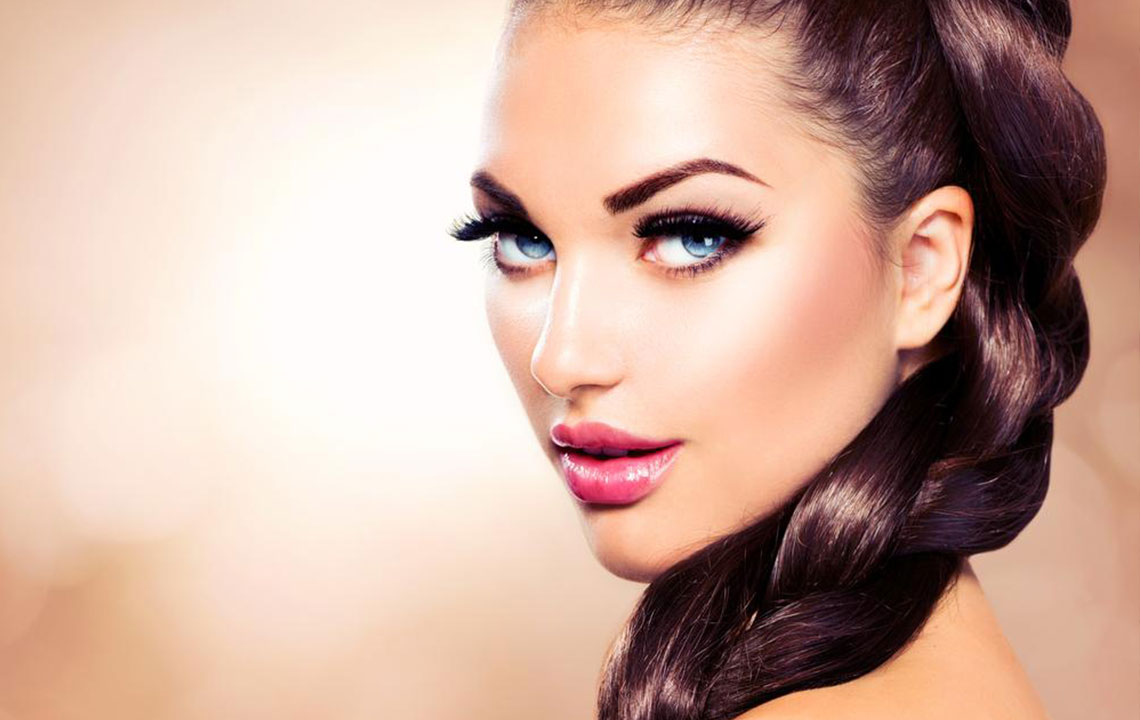Follow These Easy Tips to Have Thicker Hair

Hair loss is something that is experienced by almost everyone at some point in time. Hair loss occurs due to a multitude of causes such as heredity, changes in hormone levels, medical conditions, aging, food habits, and weather conditions.
The hair is considered as a valuable asset by many. Good hair enhances one’s appearance. Hence, everyone wants to stop hair thinning as early as possible. If you’re experiencing excessive hair fall, it could be due to too much of physical or mental stress. It may also be due to factors like pollution, using wrong hair care products, or following an improper hair care routine.
Hair thinning is often reversible. There are many ways to improve the volume and health of your hair. If you’re asking yourself ‘How to get thicker hair?’, here are a few tips for you to boost your hair health.
Olive oil
Olive oil can work wonders for your hair. Olive oil not only helps in increasing hair thickness but also helps soften your hair. Massaging your hair with olive oil regularly helps to strengthen your tresses.
Heat olive oil till it is warm. Massage your hair and scalp thoroughly with the oil for around five minutes. Leave it on for at least half an hour, and rinse it properly. Wash your hair with a gentle and good quality shampoo. You can apply the oil to your hair and leave it on overnight, and shampoo the next morning. Following this routine regularly can make your hair thicker.
Enhance the health of your hair with avocado
If you are wondering how to get thicker hair with avocados, here’s how. Avocado is one of the best natural remedies for getting thicker hair. Besides, the fruit moisturizes the hair and prevents your scalp from dryness. Avocado is rich in Vitamin E. This is good for the health of your hair.
You can make a paste by mixing one tablespoon of olive oil, one mashed banana, and one mashed avocado. Apply the mixture to your hair and scalp with a gentle massage. Leave it on for about half an hour before rinsing thoroughly. With a mild shampoo, wash your hair.
If you want voluminous hair, make a mixture with half a mashed avocado and two tablespoons of wheat germ oil. After shampooing and drying your hair, apply this hydrating mask to your hair and scalp. Leave it on for around 20 to 25 minutes. Then wash it off with shampoo.
Cold-pressed castor oil can work wonders
Castor oil is one of the most popular home remedies if you want to know how to get thicker hair. Massage your hair and scalp regularly with cold-pressed castor oil and add volume to your hair naturally.
Castor oil effectively reduces hair fall by properly coating your hair. The oil is rich in nutrients such as Vitamin E and fatty acids, which are essential for improving hair growth. If castor oil is too thick, you can heat a mixture of castor oil and coconut oil till it becomes warm. Apply the mixture to your hair and scalp by massaging in a circular motion. Moisten a towel with warm water and cover your hair with the mixture for at least an hour. Wash thoroughly by using shampoo. Follow this simple procedure once a week for a better hair thickness.
Include adequate iron in your diet
To get thicker hair, a sufficient amount of iron intake is necessary. Research suggests that there is a link between the deficiency of iron and thinning of hair. If you’re experiencing hair fall, check your iron intake and increase it, if needed.
Know about the healthy levels of iron that you should consume according to your age and health conditions. Ensure that your diet includes foods that are rich in iron such as spinach, lentils, beans, and other green leafy vegetables.
Take appropriate supplements if necessary
If you have excessive hair fall, you could consider taking supplements which are easily available in drug stores. ‘Saw palmetto’ is a trusted supplement that is available in the form of oils and tablets. It is extracted from the American dwarf palm tree and has no known side effects.
You can also take biotin supplements to get thicker hair. It is a B-complex vitamin which fosters hair growth and keeps your scalp healthy. Since it is a water-soluble vitamin complex, there are no chances of overdosing, as your body does not store it in excess amounts. You can also consider taking trusted MSM supplements. These supplements are widely known to boost hair growth. Include an adequate quantity of biotin in your diet as well, to naturally improve hair thickness.
How to get thicker hair in the best way? Eat a healthy and balanced diet to ensure that you have lustrous and voluminous hair. Ensure sufficient intake of nutrients, such as iron and Vitamin E. Also use gentle hair care products to maintain healthy hair.


